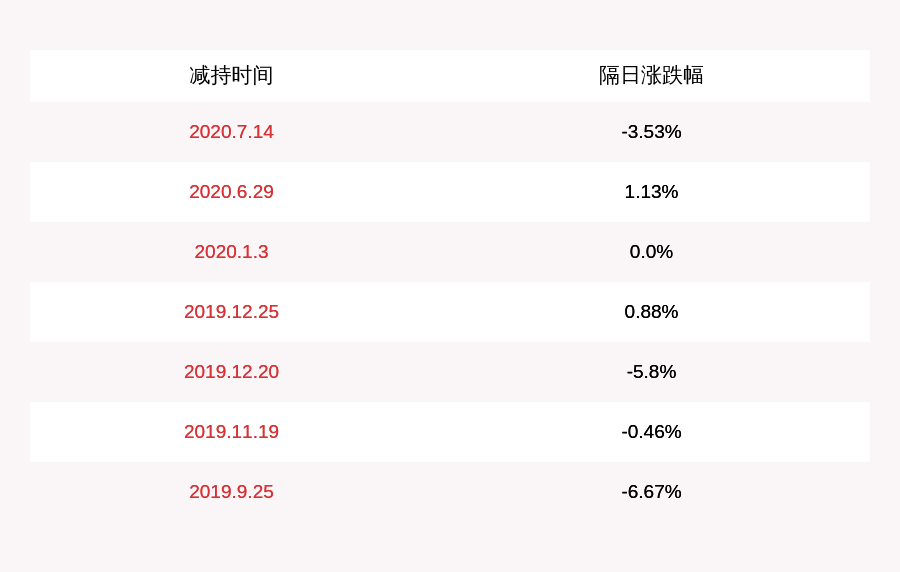package mainimport ("fmt""reflect")type temprature intfunc main() {var temp interface{} = temprature(5)fmt.Printf("temprature is %dn", temp.(temprature))itype := reflect.TypeOf(temp)ivalue := reflect.ValueOf(temp)fmt.Printf("%v: %v", itype, ivalue)}еӨҚеҲ¶
жү“еҚ°еҮәдәҶпјҡ
temprature is 5 main.temprature: 5еҸҜд»ҘзңӢеҲ°пјҢйҖҡиҝҮ TypeOf дёҺ ValueOf ж–№жі•пјҢжҲ‘们已з»ҸеҸ–еҲ°дәҶжҺҘеҸЈеҸҳйҮҸзҡ„зұ»еһӢе’Ңе®һйҷ…зҡ„еҖј гҖӮ
6. golang еҸҚе°„зҡ„е®һзҺ°еҺҹзҗҶи®©жҲ‘们жқҘзңӢдёҖдёӢ TypeOf дёҺ ValueOf зҡ„е®һзҺ° гҖӮ
6.1. TypeOf жәҗз Ғ
func TypeOf(i interface{}) Type {eface := *(*emptyInterface)(unsafe.Pointer(&i))return toType(eface.typ)}func toType(t *rtype) Type {if t == nil {return nil}return t}еӨҚеҲ¶TypeOf зҡ„е®һзҺ°йҖҡиҝҮ unsafe.Pointer иҝӣиЎҢжҢҮй’Ҳзұ»еһӢзҡ„ејәеҲ¶иҪ¬жҚўпјҢд»ҺиҖҢйҖҡиҝҮиҝ”еӣһзҡ„е®һдҫӢдёӯиҺ·еҸ–еҲ°еҶ…еӯҳдёӯж•°жҚ®зҡ„е®һйҷ…зұ»еһӢеӯ—ж®ө гҖӮ
6.2. ValueOf жәҗз Ғ
func ValueOf(i interface{}) Value {if i == nil {return Value{}}escapes(i)return unpackEface(i)}func escapes(x interface{}) {if dummy.b {dummy.x = x}}func unpackEface(i interface{}) Value {e := (*emptyInterface)(unsafe.Pointer(&i))// NOTE: don't read e.word until we know whether it is really a pointer or not.t := e.typif t == nil {return Value{}}f := flag(t.Kind())if ifaceIndir(t) {f |= flagIndir}return Value{t, e.word, f}}еӨҚеҲ¶ValueOf зҡ„е®һзҺ°зӣёиҫғдәҺ TypeOf зҡ„е®һзҺ°жҳҫеҫ—з•ҘдёәеӨҚжқӮдёҖдәӣ гҖӮеңЁ unpackEface еҮҪж•°дёӯпјҢеҗҢж ·йҖҡиҝҮ unsafe.Pointer е°Ҷдј е…ҘеҸӮж•°иҪ¬жҚўдёәдәҶ emptyInterface зұ»еһӢпјҢд»ҺиҖҢеҸҜд»ҘиҺ·еҸ–еҲ°дј е…ҘеҸӮж•°зҡ„зұ»еһӢеӯ—ж®өдёҺжҢҮеҗ‘е®һйҷ…ж•°жҚ®зҡ„жҢҮй’ҲпјҢжңҖз»Ҳе°ҒиЈ…дёә Value зұ»еһӢеҖјиҝ”еӣһпјҡ
type flag uintptrtype Value struct {typ *rtypeptr unsafe.Pointerflag}еӨҚеҲ¶иҝҷдёӘз»“жһ„жӯЈжҳҜ golang дҝқеӯҳд»»дҪ•дёҖдёӘзұ»еһӢеҸҳйҮҸзҡ„еӯҳеӮЁз»“жһ„пјҢеӣ жӯӨпјҢValueOf зҡ„иҝ”еӣһеҖјеҸҜд»ҘзӣҙжҺҘдҪңдёәеҸҳйҮҸеҖјжқҘдҪҝз”Ё гҖӮ
7. еҗҺи®°йӮЈд№ҲпјҢеңЁе®һйҷ…зҡ„дҪҝз”ЁеңәжҷҜдёӯпјҢеҸҚе°„иғҪеӨҹдёәжҲ‘们еёҰжқҘе“ӘдәӣдҫҝжҚ·зҡ„еҠҹиғҪе‘ўпјҹ敬иҜ·жңҹеҫ…дёӢдёҖзҜҮж–Үз« — golang дёӯеҸҚе°„зҡ„дҪҝз”Ё гҖӮ
гҖҗgolangеҸҚе°„е®һзҺ°еҺҹзҗҶгҖ‘
жҺЁиҚҗйҳ…иҜ»
- 200 иЎҢ Python д»Јз Ғе®һзҺ°дёҖдёӘжһҒз®Җ GPT
- еҰӮдҪ•дҪҝз”ЁGoе®һзҺ°еҺҹеһӢи®ҫи®ЎжЁЎејҸ
- ChatGPTзҡ„жү“еӯ—еӣһеӨҚж•ҲжһңпјҢеҺҹзҗҶжҳҜд»Җд№ҲпјҹжҲ‘еёҰдҪ 们е®һзҺ°пјҒ
- зӘҰйӘҒ|зӘҰйӘҒжҲҗеҠҹе®һзҺ°йҳ¶зә§и·Ёи¶ҠпјҢиұӘй—Ёиөҳе©ҝз”ҹжҙ»жғ¬ж„ҸпјҢзҪ‘еҸӢпјҡиҝҷиҪҜйҘӯеӨӘйҰҷдәҶ
- и·Ёеўғз”өе•ҶзӢ¬з«Ӣз«ҷи®©дҪ еңЁе…ЁзҗғеёӮеңәдёҠеҰӮиҷҺж·»зҝјпјҢе®һзҺ°й”Җе”®йҖҶиўӯпјҒ
- DPIжҠҖжңҜеҰӮдҪ•иөӢиғҪи·Ҝз”ұеҷЁпјҢе®һзҺ°жҷәеҠ йҖҹпјҹ
- еҰӮдҪ•е®һзҺ°еӨҡжҲҝй—ҙPCиҝңзЁӢз®ЎзҗҶпјҹ
- е№іеҮЎд№Ӣи·Ҝ|гҖҠе№іеҮЎд№Ӣи·ҜгҖӢпјҡдёҖе§җзҲұжғ…еҸ—жҢ«пјҢиҲ’дёҖеҚ—е®һзҺ°зҗҶжғіпјҢжҪҳеІ©дәәй—ҙзңҹе®һ
- з”ЁGoиҜӯиЁҖе®һзҺ°дјӘеҺҹеҲӣпјҢе…«дёӘжҠҖе·§еҲҶжһҗ
- Python е®һзҺ°ж Ҳзҡ„еҮ з§Қж–№ејҸеҸҠе…¶дјҳеҠЈ















